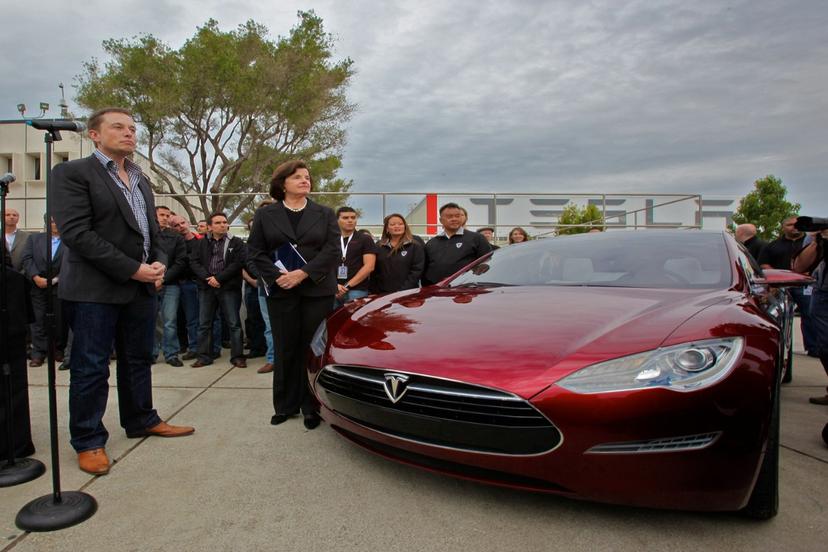Entrepreneurship

Industry Outlook
Entrepreneurship has long been considered risky, although that perception is slowly changing, thanks to the number of successful online businesses. Still, it takes considerable money, time, and effort to open a business and to keep it going long enough to start seeing profits. Success also depends on trends, customer demand, political climate, competition, the economy, and other unpredictable social factors. The longer a company remains in business, the more likely it is to succeed. However, companies can still go out of business up to 15 years after launching.
According to Small Business Administration (SBA) data, four out of five new businesses survived at least one year; 50 percent survived at least five years; and a third survived at least 10 years. In September 2019, the SBA reported that 81 percent (24.8 million) of the nation's 30.7 million small businesses were "non-employer" firms (having just a single employee) in 2016. Small businesses accounted for 99.9 percent of all firms, including 99.7 percent of all firms with paid employees and 40.7 percent of the private sector payroll. Startups (businesses less than one year old) have accounted for approximately 8 percent of all small businesses since 2010. While most non-employer firms are sole proprietorship's (86.6 percent), another 7.4 percent are partnerships. Other popular forms of organization include S-corporations (4.5 percent) and C-corporations (1.5 percent).
The coronavirus pandemic had a major impact on entrepreneurship in 2020 and the impact continues into 2021. Some entrepreneurs have been able to adapt their businesses and retain or grow their customer base through the lockdowns and remote work. Many others have struggled and are either barely hanging on or have gone out of business. A U.S. Chamber of Commerce poll in late 2020 revealed that 62 percent of small businesses feared the worst was still to come from the economic impact of the pandemic, and 74 percent said they need more assistance from the government to stay open. "That percentage increases to 83 percent when looking at minority-owned businesses. Only four in 10 (40 percent) of all small business owners believe their business can continue to operate indefinitely without have to shut down permanently."
A post-pandemic "boom" economy is predicted, however, and the economy has started to rebound in 2021 due to the rollout of several COVID-19 vaccines. Economists are forecasting that, as businesses start to open again and people return to normal activities, a period of high growth will occur. In fact, many believe "something stronger" will happen in the economy: "a supercharged rebound that brings down unemployment, drives up wages, and may foster years of stronger growth," according to a New York Times article. Federal aid to businesses and future aid to households is also expected to help grow the economy. "When the pandemic ends, cash could be unleashed like melting snow in the Rockies: Consumers, released from their cabin fever, compete for hotel rooms and restaurant tables. Businesses compete for employees and supplies to meet the demand. Workers who were sidelined by child care responsibilities or virus fears are drawn back to the labor force by suddenly abundant opportunities."
In spite of the risks associated with starting a business, entrepreneurship continues to be strong. It is part of the American identity—the United States is viewed worldwide as a land of opportunity. People have increasingly turned to starting a small business as an alternative for employment while the job market remains highly challenging. There are no educational, racial, or gender barriers to starting a new business, so there are opportunities for people of all backgrounds. Minority-owned businesses included about 8 million firms (29.3 percent of all U.S. firms) in 2012, according to the most recent data reported by the Census Bureau. About 11.4 percent of all minority-owned firms had paid employees.
The trend in home-based businesses is growing rapidly. The trend was started initially by women who wanted to stay home to care for their children but either didn't want to give up their jobs or needed the income. Now more than half of the people working from home are men. Other factors that have contributed to the increase of at-home businesses include downsizing during hard economic times, the growth of the Internet and computer technology, and the growth of the service sector of the economy. Many college students are financing their educations through working at home as freelance workers or independent contractors. This sector of entrepreneurs is expected to continue to grow. The freelance population is expected to account for a large percentage of all workers in the next few years. Upwork and the Freelancers Union predict that by 2027, nearly half of all occupations will consist of freelance workers.
Other students are financing their educations by launching their own e-business. E-commerce is thriving and generating increasing interest and business. According to data provided by the Census Bureau in September 2019, U.S. manufacturers reported e-commerce shipments were $3.7 trillion in 2017, up 7.5 percent from $3.5 trillion in 2016. The entrepreneurial spirit in America is accepted and well respected. There is honor and pride associated with starting a business from scratch and working hard to make it succeed. Anyone can start a business, whether motivated by a love for making raspberry jam, the familiarity of carrying on the family printing business, the invention of a new dot-com niche, or the ability to anticipate the next craze in electronic gadgets. The opportunities are endless for entrepreneurs who are willing to accept the risks, or blindly ignore them.
